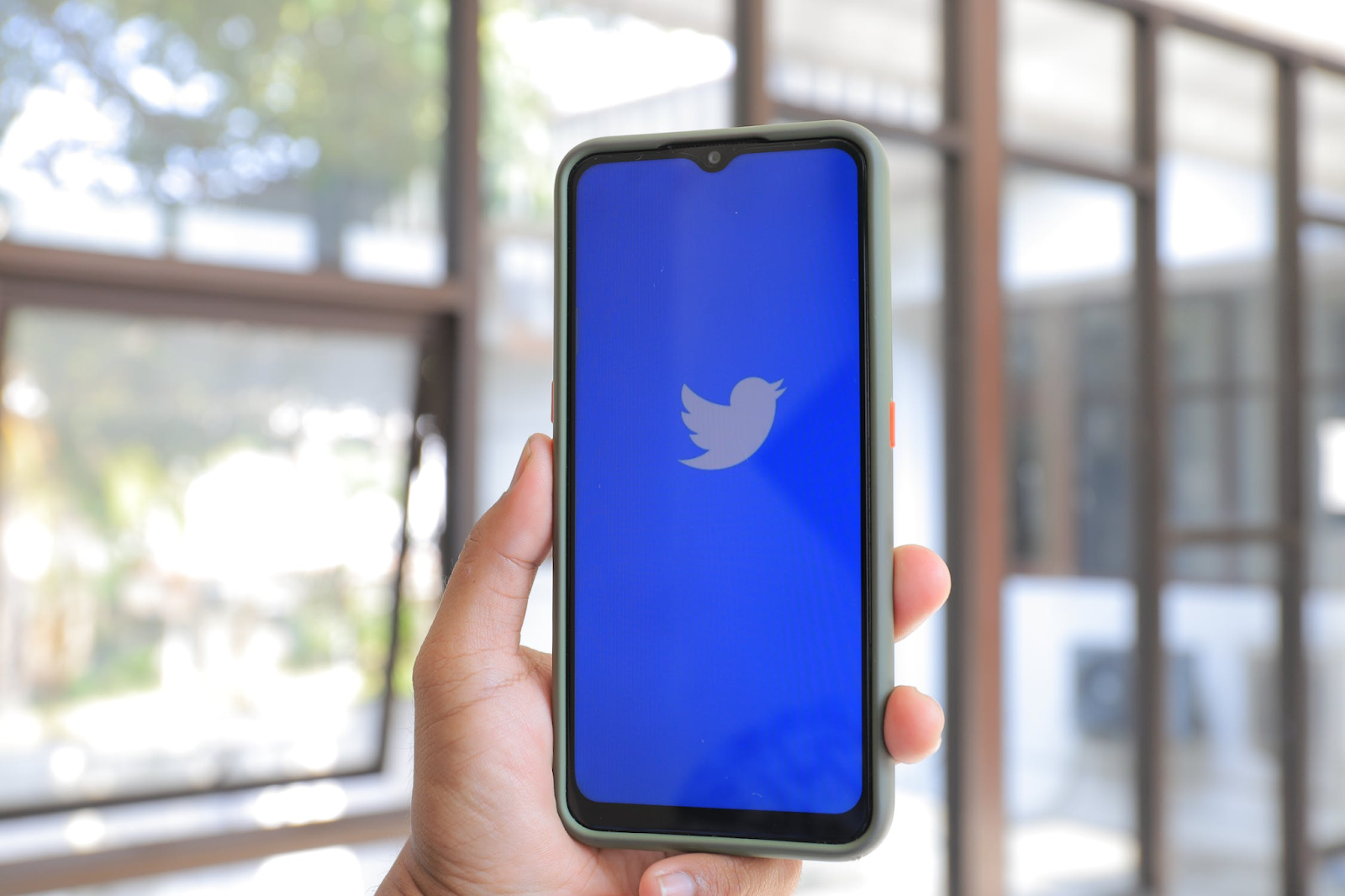
Smart locks sit in that sweet spot between everyday habit and quiet tech upgrade. You still turn a knob, tap a code, or push a door open, but behind that simple motion is a small system of sensors, encryption, and wireless signals doing more than traditional locks ever could.
Before choosing one, it helps to understand how the technology works and what will matter once it’s on your door. With the right information, the decision feels practical instead of overwhelming, especially when you’re looking for upgrades that bring peace of mind to your daily routine.
How Smart Locks Work in Everyday Use
A smart lock uses sensors, wireless signals, and a small motor to unlock the door once it confirms the right access method. When you enter a code, tap your phone, or approach with Bluetooth enabled, the lock checks the information and responds through its smart lock mechanism. Many models offer keyless entry, which removes the need to rely on a physical key every time you come home.
Most models use Bluetooth, Wi-Fi, or a combination of both. Bluetooth handles close-range access and helps preserve battery life. Wi-Fi enables you to check or control the lock remotely when you are away from home, introducing a level of remote access that wasn’t possible with older systems. Some systems work through a hub, which is ideal if you plan to build a larger setup with other connected devices.
The physical hardware matters more than most people realize. A smart door knob lock works best when it’s paired with a door knob that feels sturdy and moves without resistance. When the latch, hinges, and installation requirements all line up correctly, the entry feels smoother and more reliable day after day.
How Smart Locks Improve Home Security
Smart locks change how you handle those small worries, like wondering if you locked the door while rushing out. Instead of turning around or calling someone at home, you check the app and lock the door from wherever you are through a smartphone app. It takes the stress out of moments that used to interrupt your day. You can also create individual codes for guests or deliveries and remove them when they’re no longer needed, which helps keep track of spare keys and facilitates activity tracking.
Some smart locks connect to cameras or simple door sensors to show activity at your entry. You might get a quick clip of who arrived or an alert if the door stays open longer than it should. You don’t need a full security system for this to make a difference. It’s enough to choose a lock that lets you add a few devices later, like security lighting, if you want a little more visibility.
The Different Types of Smart Locks You Need To Know
Smart locks come in a few different styles, and the right choice depends on how much you want to change your door. Some models fit over your existing deadbolt, keeping the outside hardware the same, which works well if you prefer something subtle or want to continue using a key as a backup. These lighter upgrades fall under the growing category of smart door locks and blend into most door setups with ease.
Others replace the entire lock set with a new keypad or touchscreen on the outside and a matching unit on the inside. This gives you a clean look and more control over the finish and style. There are also hybrid designs with fingerprint readers, physical buttons, or a digital lock option for a more modern feel.
Your habits usually point you toward the right option, so think about how you like to unlock the door now. It helps to check your door’s thickness and how well it closes before buying. A lock that sticks or forces the motor to work harder won’t give you the smooth experience you expect, especially if you plan to integrate it into larger smart home ecosystems.
What Installation and Daily Use Feel Like
Installing a smart lock is usually straightforward. Many models fit into the same holes your current hardware uses, and the instructions guide you through each step. Alignment is the part that matters most. If the latch doesn’t line up or the door isn’t sitting square, the motor works harder than it should and may affect certain advanced features.
After setup, the lock slips into your routine without much effort. You hand out codes instead of keys, check the door when you need to, and adjust access as schedules change. It’s a simple upgrade that removes several small hassles you’ve dealt with for years, especially once it connects smoothly with other smart home devices you already use.
Features That Make a Real Difference

Smart locks come with long feature lists, but only a few matter in everyday use. Auto-lock and auto-unlock are two of the most practical because they handle the quick moments you don’t want to think about. Battery life also deserves attention. A reliable lock warns you early when power runs low and gives you a simple backup, whether that’s a key or a quick tap of a 9V battery to bring the keypad back to life.
Compatibility can make the lock feel smoother to use. If you already rely on a voice assistant or other smart home devices, choosing a lock that works with them keeps everything in one place. You avoid juggling apps and get small perks, like having the door lock when the lights turn off.
In Conclusion
A smart lock gives your entry a smoother feel and takes a few small worries off your plate. You gain clearer access, better control, and a door that works with you, rather than slowing you down. Once you know how these locks function and what features matter, choosing one becomes easier. If you want a setup that fits your routine and keeps things simple, a smart lock is an upgrade that makes everyday life run a little better.

